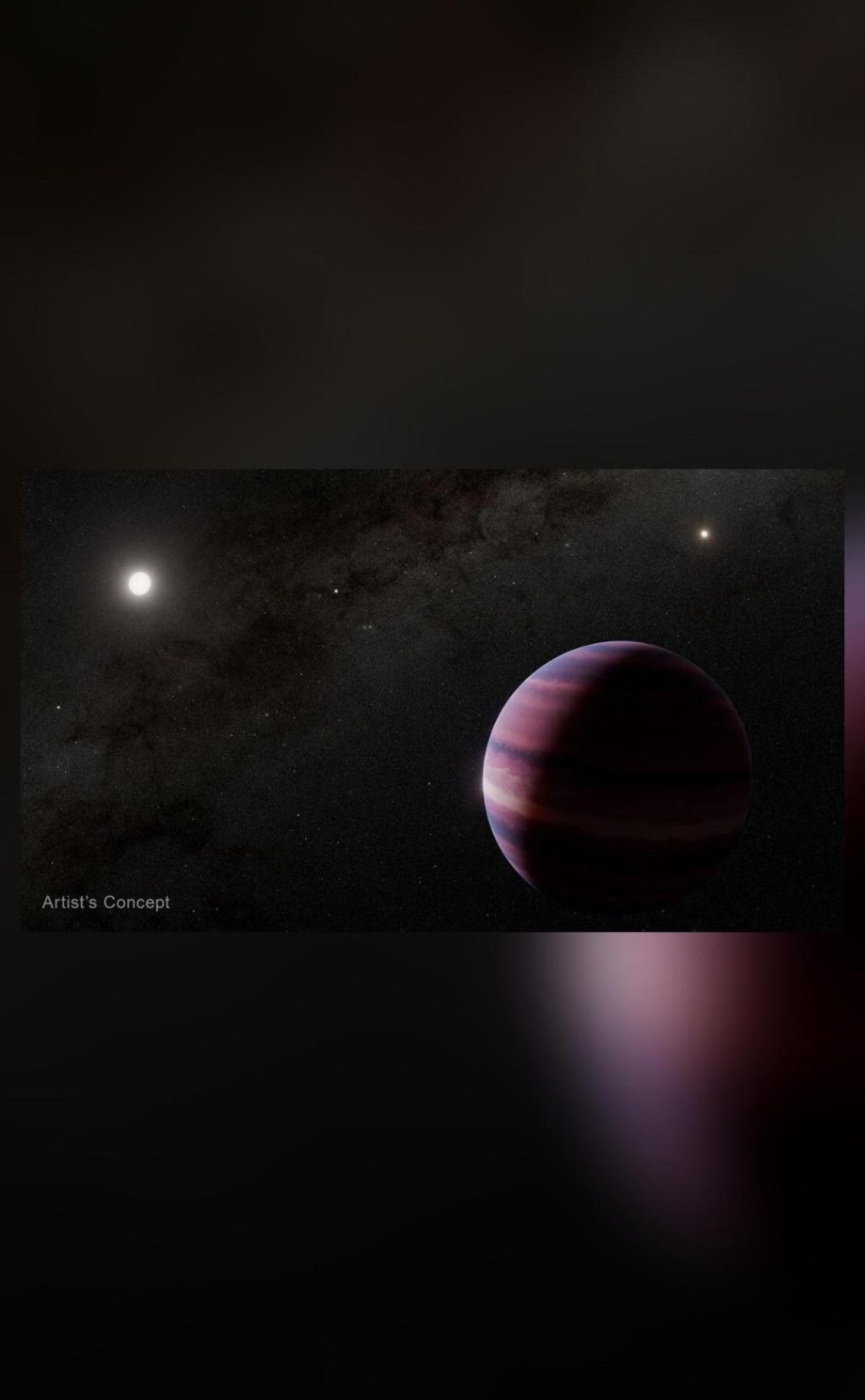
New Evidence of Planet Around Earth’s Closest Solar Twin Found
The search for life beyond our planet has been a long-standing goal for astronomers and scientists. One of the most promising ways to achieve this is by studying exoplanets, which are planets that orbit stars other than the Sun. Recently, a team of astronomers using NASA’s James Webb Space Telescope have made a groundbreaking discovery that could bring us closer to answering the question of whether we are alone in the universe. In this blog post, we’ll explore the exciting news that a Saturn-mass gas giant has been found orbiting Alpha Centauri A, Earth’s closest solar twin.
What is Alpha Centauri A?
Alpha Centauri A is a star located just 4.37 light-years away from Earth, making it the closest solar twin to our planet. It is a G-type main-sequence star, similar to the Sun, but slightly larger and more massive. Alpha Centauri A is one of three stars in the Alpha Centauri system, along with Alpha Centauri B and Proxima Centauri. The system is visible to the naked eye and is often referred to as the “nearest star system to the Sun”.
The Discovery
The team of astronomers used the James Webb Space Telescope to study the Alpha Centauri system in unprecedented detail. By analyzing the light that passes through the star’s atmosphere, they were able to detect subtle changes in the star’s brightness. These changes are indicative of a planet orbiting the star, and the team believes that they have found strong evidence of a Saturn-mass gas giant orbiting Alpha Centauri A.
Characteristics of the Potential Planet
The potential planet, which has been given the provisional designation Alpha Centauri A b, appears to be in its habitable zone. This means that it could potentially have liquid water on its surface, which is a key ingredient for life as we know it. However, it’s unlikely that the planet would support life in the same way that Earth does. Alpha Centauri A b is a gas giant, similar to Jupiter or Saturn in our own solar system, and its atmosphere is likely to be very different from that of Earth.
What Does This Discovery Mean?
The discovery of a planet around Alpha Centauri A is a significant milestone in the search for life beyond our planet. It shows that the conditions that allow for the formation of planets around a star similar to the Sun are not unique to our own solar system. This increases the chances of finding life elsewhere in the universe, as it suggests that the building blocks of life may be more widespread than we previously thought.
What’s Next?
While the discovery of Alpha Centauri A b is exciting, it’s just the beginning of the story. The team of astronomers will continue to study the planet and its orbit around Alpha Centauri A to learn more about its composition and potential habitability. They will also use the James Webb Space Telescope to study the planet’s atmosphere and search for signs of biological activity.
Conclusion
The discovery of a Saturn-mass gas giant orbiting Alpha Centauri A is a significant breakthrough in the search for life beyond our planet. While the potential planet is unlikely to support life in the same way that Earth does, it shows that the conditions that allow for the formation of planets around a star similar to the Sun are not unique to our own solar system. As we continue to study this exciting discovery, we may yet uncover evidence of life beyond our planet, and the implications of this would be profound.
News Source:






